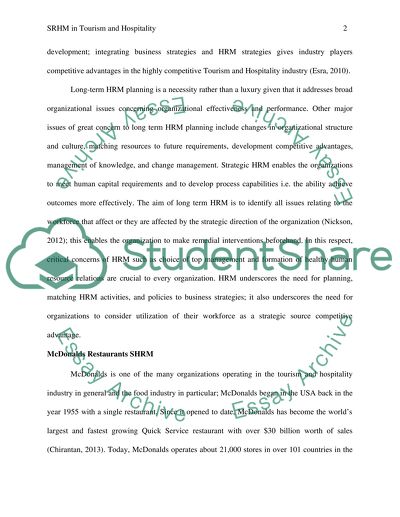Cite this document
(“Strategic human resource management in tourism and hospitality Essay”, n.d.)
Strategic human resource management in tourism and hospitality Essay. Retrieved from https://studentshare.org/tourism/1479406-strategic-human-resource-management-in-tourism-and
Strategic human resource management in tourism and hospitality Essay. Retrieved from https://studentshare.org/tourism/1479406-strategic-human-resource-management-in-tourism-and
(Strategic Human Resource Management in Tourism and Hospitality Essay)
Strategic Human Resource Management in Tourism and Hospitality Essay. https://studentshare.org/tourism/1479406-strategic-human-resource-management-in-tourism-and.
Strategic Human Resource Management in Tourism and Hospitality Essay. https://studentshare.org/tourism/1479406-strategic-human-resource-management-in-tourism-and.
“Strategic Human Resource Management in Tourism and Hospitality Essay”, n.d. https://studentshare.org/tourism/1479406-strategic-human-resource-management-in-tourism-and.


